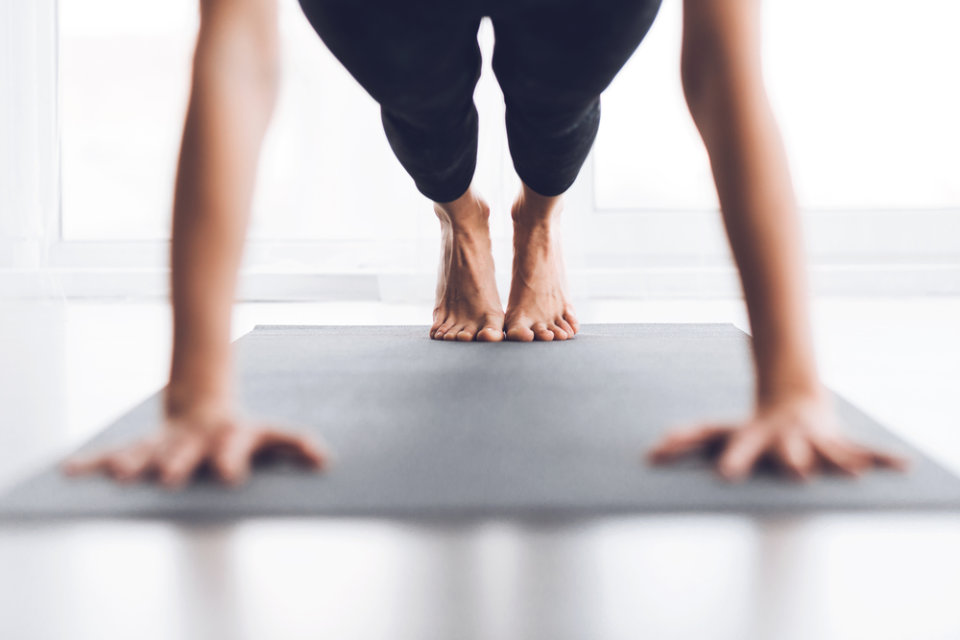Runners of all levels experience moments when they can’t seem to improve their results. We were all there at least once, and many of us were there several times. And we’ve all heard of the plateau effect, but how did we end up there?
There are numerous reasons why we stagnate in our fitness or running routine. Some runners are content with their distances or running speed and see no reason to change them. Others are unsure of how to improve their performance.
Seasonal shifts can make it difficult to stick to a disciplined running routine. And sometimes, life simply meddles with concentrating on running.
If you are injured, however, you will need to be especially careful with your running routine and the way you go about breaking through that plateau.
The question we’re all asking is how to break through a plateau or even avoid it altogether. And don’t worry, there is a solution.
The first step is to recognise what is happening to you. You’ll know what to do after that. When you hit a running plateau, here’s how to get out of it.
Step up the Pace
Increasing your running pace is one of the simplest ways to improve your speed. Begin with adding some bursts to your normal speed, and then aim to return to your normal pace gradually. The increase in speed will most likely impact your breathing, leaving you more winded. For this reason, it’s critical to control your breathing.
If you start experiencing muscle fatigue, it’s important to differentiate between pain and normal discomfort that comes with pushing yourself. If you are experiencing the former, you will need to slow down.
The key to leaving your comfort zone is not giving up. As you build up your mental and physical stamina, you’ll get used to the discomfort that increased speed brings and embrace the sensations that come with it.
Use a pace calculator to find out what your current pace is. All you need to do is input your time and distance. After you get your first results, you can start tracking your progress.
Run as Often as You Can
Another way to improve speed is by simply increasing your weekly running distance. If your normal routine is to run once a week and go to the gym 3-4 days a week, for example, you should notice pace improvements if you decide to increase the number of running days in lieu of some workout days.

Best practice recommends that you should leave at least one rest day per week. However, some runners prefer to run every day, and if you fall within that group, you’ll need to take care to avoid injury and burnout.
Make some days less intense than others (in terms of speed and distance) to give your body a chance to recover while still keeping up with your routine.
Count Your Strides
Your stride turnover – the number of steps you take per minute of running – is an important factor to keep an eye on. A simple way to improve is counting your strides; by boosting your stride turnover bit by bit, you’ll start running noticeably faster.
How do you determine your stride turnover? Start running at a pace you can maintain for three miles and count each time your right foot touches the ground. The result you get after doing this for 30 seconds is your stride turnover. To get the overall rate, just double the resulting number. A turnover rate of 180 is what most runners aim for.
Run in Intervals
Interval training entails speeding up your pace in short bursts, followed by running at your regular pace, standing, or walking until you are prepared to repeat the process. That cycle can be repeated in a variety of ways. Either way, this is the most effective way to improve your speed.

Interval training is the most effective way of boosting cardiovascular strength – in other words, to improve your lungs and heart capacity so that you don’t run out of breath as quickly. It builds your muscles in different ways in comparison to just a steady distance run.
It also trains your mind to run at a faster pace than usual. That way, when it comes time to run fast, it won’t feel strange, scary, or intimidating.
Include Hill Training
Hill running improves your running efficiency, resulting in faster running. Hill repeats (running up the hill and jogging or walking down in cycles) are an excellent way to increase your speed. After you’ve established an endurance base, you can include it in your running program.
If you are already at a training stage where you can endure this, the general recommendation is to do it once a week. Run up the hill as fast as you can. Maintain a consistent effort and keep your form. Then wrap up and walk or jog down the hill at a leisurely pace to recover.
Get Proper Rest
Fast runners are well-rested runners.
Without a doubt, getting enough sleep is one of the smartest ways to improve your running performance. According to the National Sleep Foundation, most healthy adults should get 7–9 hours of sleep per night. Experiment with this range to find out how much sleep is best for you.
Practice good sleep hygiene as well. Make an effort to go to bed at the same time every night. To get a better night’s sleep, make your bedroom a device-free zone by keeping electronics in another room and slightly lowering the temperature.
There are also natural sleep aids available like l-theanine and magnesium that may help your muscles relax and improve your sleep quality.
Include Strength and Core Training
Many runners simply run. That may work for a lot of people, but any runner can benefit from adding the right type of strength training. Exercises that strengthen and activate your glutes, quads, calves, hip flexors, abs, and hamstrings can make a significant change in your running.

Your running pace can be affected by the strength of your core muscles, believe it or not. Stronger abdominals improve your running posture, allowing you to breathe more efficiently and freeing up your legs to work harder.
Final Thoughts
Plateaus are a normal part of any long-standing workout or running regimen, but fortunately, there’s always something advanced you can do to help you improve or break through a plateau.
When you reach a running plateau, it’s an excellent time to rethink. So go outside, set a new goal, and start working on getting there.





